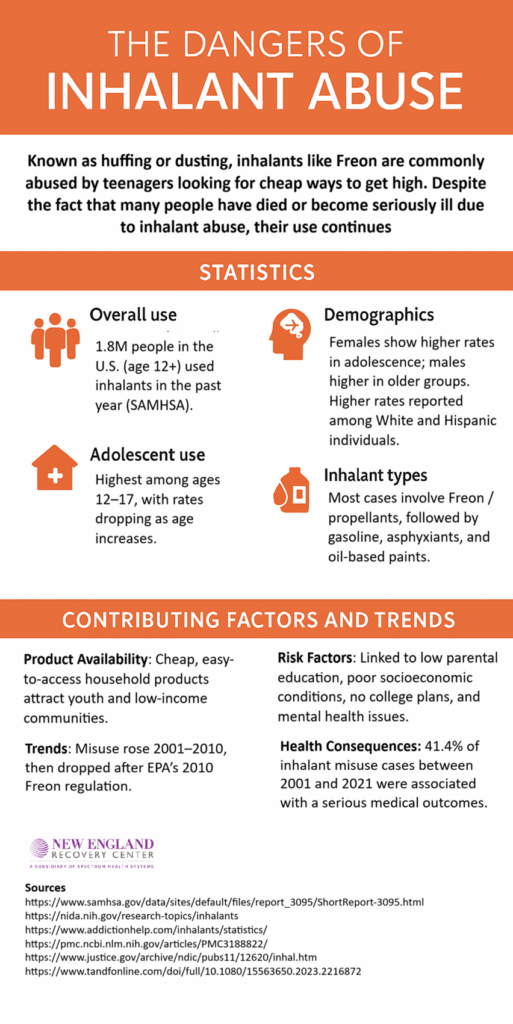Substance use among teens and young adults continues to be a growing concern, with many experimenting at an early age, often unaware of the serious health risks involved. From alcohol and cannabis to more dangerous substances like inhalants, youth are increasingly exposed to harmful behaviors that can lead to long-term physical and mental health consequences. Inhalant abuse, in particular, remains an underrecognized threat due to its accessibility and immediate effects. To better understand how substance use impacts young people, explore our post on the effects of youth substance use, and learn more about college students and drug abuse.
This infographic highlights key facts and data about the dangers of inhalant use.

Understanding the Risks of Inhalant Abuse
Inhalant abuse has been compared to a game of Russian roulette, causing permanent organ damage and even death. Its usageis most common in young people, typically in middle and high school-aged populations. According to the Partnership for Drug-Free Kids, one in five students will have abused some form of inhalant by the time they reach eighth grade. Studies by the National Institute on Drug Abuse (NIDA) have found that female adolescents and teenagers use inhalants at slightly higher rates than males, making up 52% of the reported young users.
Many parents worry about their teen using drugs like marijuana, cocaine, meth, or fentanyl, and are completely oblivious to the easy access to household products that can be used as an easier and cheaper way to gain a high. Along with Freon, there are spray paints, glues, fingernail polish remover, and deodorants that teens will use to achieve this rush.
Many teens may not fully understand the serious risks associated with inhalant abuse. Even a single use can result in immediate and severe health consequences. Repeated exposure to solvents or aerosol sprays can lead to lasting damage, including hearing loss, memory loss, and even heart failure.
Treating Inhalant Abuse
Treating inhalant abuse in teens and young users typically involves a combination of medical care, counseling, and behavioral therapy. Because inhalants can cause both physical and psychological harm, treatment often begins with a thorough medical evaluation, followed by individualized therapy to address the underlying causes of substance use. The involvement of family and peer support, along with ongoing education, is also a key component of recovery and reduces the risk of relapse.
If you or someone you love is struggling with inhalant abuse, professional addiction treatment at a reputable drug rehab center like New England Recovery Center in Westborough MA is always the safest bet. This is the best way to give your teen freedom from inhalant abuse and a chance at recovery.









